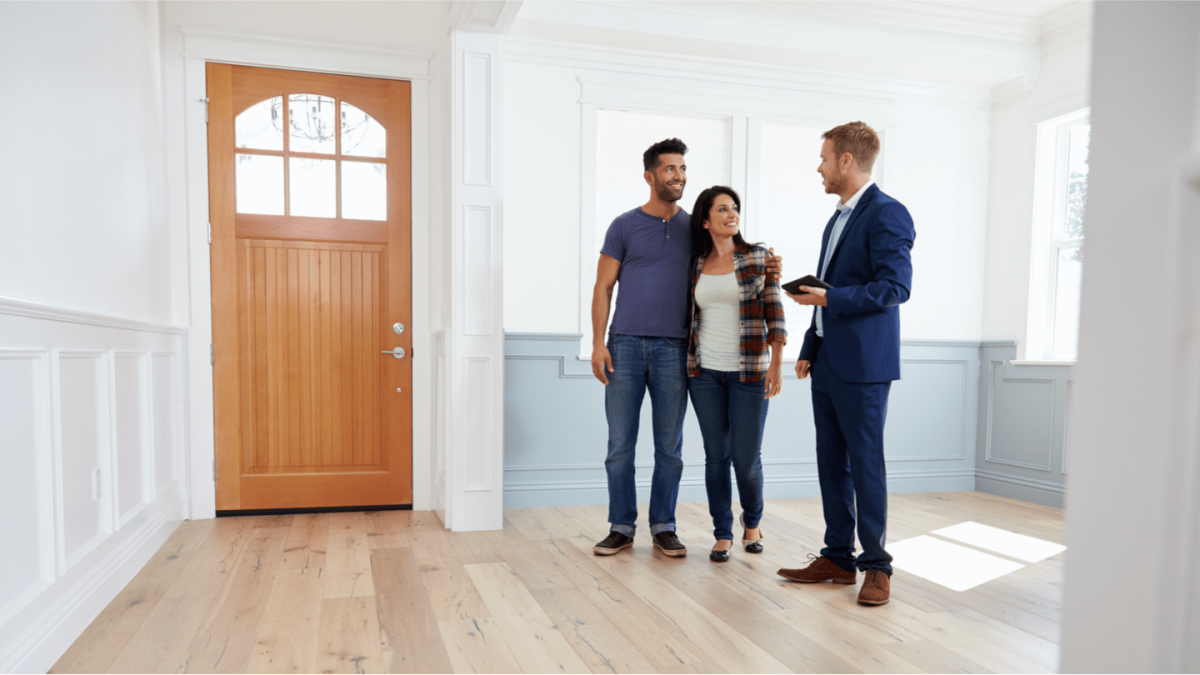
Are you house hunting? It’s such an exciting time, full of possibility and hope. Especially if you’re buying your first home. There’s so much to be excited about – escaping the rental trap, having a place to call your own, renovating, and genuinely making a home yours. There’s so much to prepare as well. You need to have your finance ready, your sizeable deposit, and the conveyancing and lawyers for paperwork and contracts.
Yet buying a house shouldn’t be something that you blindly rush into. Proper due diligence is essential to purchasing a home, either at a private sale or by bidding at an auction. And part of the proper due diligence is doing a thorough pre-purchase inspection. But what exactly should you look out for? This helpful article will share the top things you must watch out for when inspecting a home you wish to buy. Read on to discover more.
Signs of Pest Infestation
The last thing you want is to buy an expensive house and find out it’s riddled with pests, requiring expensive termite pest control. When inspecting homes, keep your eyes peeled for signs of an infestation. For instance, a sign of termites can be bubbling paint on plasterboard, timber trim, or uneven hardwood flooring.
Other signs of common pests are worth looking out for too. For instance, if you see any rodent droppings, which look like small, brown pellets, it could mean that the house has a rat or mouse problem.
If you want peace of mind, it’s worth engaging a professional pest control company to come and assess the house. This will cost a few hundred dollars, but that’s nothing compared to what you could spend if you buy a house with an insect or other vermin infestation. It’s better to be safe than sorry.
Look Out For Structural Defects
Most modern homes are built on concrete slabs, with older homes having timber stumps as a foundation. While the foundation of a home may vary, there are some tell-tale signs that there are serious structural issues with a home. Look out for large cracks on the walls, such as floor-to-ceiling cracks or large cracks around the skirting boards and architraves. This can be a sign of severe structural integrity issues with the home. These can be extremely expensive to remedy, so if you notice these signs, you’d be best to avoid bidding on that home unless you plan to knock it down and rebuild.
Is There Mould?
While inspecting a home, you might want to buy; you should look for mould. Mould looks like dark brown to black discolouration on the walls or ceilings. It tends to be most common in bathrooms but can also be present in other rooms. Mould is often a sign of a serious leak in the ceiling or coming from an internal pipe. This is a severe problem, as mould can cause significant health and respiratory problems for inhabitants. It’s often expensive to fix, for instance, if the roof requires major leak repair or a complete replacement. Be on the lookout for mould, and think twice if you spot any.
Check the Flooring Quality
While inspecting a home, pay careful attention to the flooring. For instance, if areas are carpeted, is the carpet in good condition, or is it frayed, stained and discoloured? Replacing carpeted areas can be a decent amount of money, so consider if this is in your budget. It’s not the biggest deal compared to the other issues described in this article, but it’s still worth considering.
If there are hardwood floors, inspect them for scratches, dents and gouges. Some minor wear and tear are okay, but if there is significant damage, you’ll need to factor in some flooring repair costs if you purchase.
Check the Windows and Doors
During your inspection, check all the windows and doors. Ensure they open and close correctly and that the doors and windows have proper locks or are secure when close. If they don’t, this is a security risk that you will need to address if you purchase the home. Furthermore, doors not closing can also be a sign of structural issues, especially if they are seriously out of alignment.
Storage Space
This is more an issue of personal preference, but it’s still worth looking out for. Does the home have ample cupboards, drawers and a pantry that will suit your needs? Some homes are woefully short of proper storage space; if you move in, you’ll need to have some custom built. So, consider this when inspecting a home.
A Clever Conclusion
This helpful article has shared exactly what you must look out for during a pre-purchase property inspection. From signs of pests to structural defects, follow this list step by step when viewing an open home. Use this resource to inform your house hunting, and you should be able to spot any nasty surprises that you can use to make a considered decision.
Henrik Langley
Related posts
Stay connected
Today's pick
- Things to Remember While Designing Your Custom Modular Kitchen in GurgaonGurgaon now known as Gurugram is the second largest city in the state of Haryana and is a reflectiossn of an ideal modern city with futuristic goals. Witnessing rapid urbanization, it has also emerged as a hub for contemporary homes, with homeowners seeking innovative and... The post Things to Remember While Designing Your Custom Modular […]

